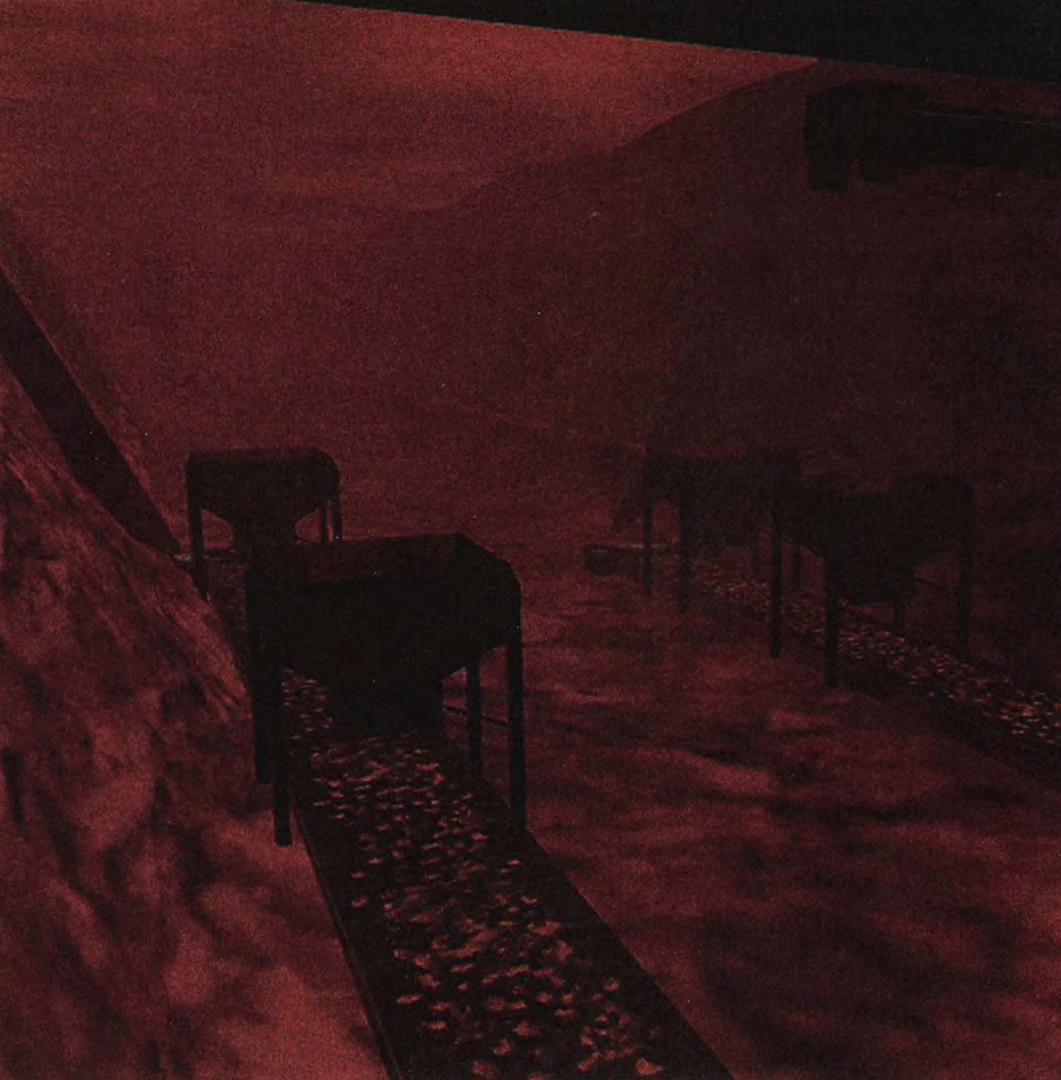“Tesla: 4th Generation LBE VR” by Sexton
Conference:
Experience Type(s):
Entry Number: 10
Title:
- Tesla: 4th Generation LBE VR
Program Title:
- Interactive Entertainment
Organizer(s)/Presenter(s):
Project Affiliation:
- Virtual World Entertainment
Description:
In Chicago in 1990, Virtual World Entertainment (VWE) opened one of the first location-based entertainment virtual reality attractions in the world. It is still in operation today, along with about 25 other VWE sites on four continents. In these attractions, groups of eight people are entertained by “translocating” to other worlds that exist only in a computer.
The fourth generation of the medium is embodied in the Tesla cockpit. The image generator provides high-resolution, fully textured and lit, 30 Hz graphics. Fully spatialized audio is delivered through a 1 2-speaker array. Over 1 00 controls include buttons, joysticks, throttles, pedals, and keypads. Instrumentation systems such as radar and altitude indicators are displayed on six CRTs.
In the SIGGRAPH 95 installation, groups of four people are introduced to the theory and operation of the Tesla cockpit with a short film, interactive touch-screens, and verbal instructions. When they strap into the cockpit, they are “translocated” to another world, where they can explore and race through the canals of Mars. After their return, video recordings of the highlights of their mission are replayed and a printed log of activities is presented to each adventurer.
Background
The first VWE cockpits (ca 1 989) featured 32 Mb of sprite-based graphics running on a proprietary enhancement of a 68000-based Commodore Amiga computer. Three-dimensionality was achieved by using a different sprite for each viewing of the 1 2 degrees of azimuth. Version II and III cockpits (ca 1991 and 1993, respectively) used a Tl 34020 graphics processor for the main screen. The software renderer featured flat-shaded polygons with multiple moving light sources. An Amiga provided instrumentation displays and a 68020 performed game and network activities. Sound was provided by the Amiga in Versions I and II, and by a proprietary DSP board in Version III. Cockpits were networked via Arcnet at about 1 00K baud. In all of these versions, frame rate fluctuated from 5-12 frames per second.
At VWE’s current sites, up to 32 cockpits are organized so groups of eight players can interact with each other in a 3D computer-generated environment. The VR experience is bracketed by mission briefings and reviews. At the outset of the adventure, the briefings include training films, information touchscreens, and scenario selection. After players emerge from the cockpits, the mission review station recaps the events for all to watch in a schematic replay on overhead monitors. “Pilots” are given computer-printed mission logs detailing their personal activities. In the summer of 1 994, VWE introduced SiteLink, which uses ISDN modems to connect simulations at different sites around the U.S.
The Version IV Tesla cockpits, which opened in April 1995 at the original Chicago site represent an evolution from the previous flat-shaded, low-frame-rate worlds. Tesla cockpits feature four-channel, 3D audio, six instrumentation CRTs, and an infinity optic high-resolution, out-the-window 30 Hz display of fully textured, lighted, and z-buffered graphics.
At SIGGRAPH 95, each of the four Tesla-class cockpits is comprised of a Pentium class computer with a Division, Ltd. Pixel Planes V VPX graphics card set. The cockpits are net- worked via ethernet to an operators’ console, which accepts entry of the scenario parameters and initiates the launch of a mission. A similarly configured graphics engine displays “news” coverage, action views, and instant replays of exceptional events for observers. Printouts of mission results are laserprinted during replays. A collection of multimedia touch-screen Macintosh machines provides background information and instructions to those waiting to experience the main attraction.
Basic Functionality
Once the cockpit’s door is closed, extraneous light and sound are excluded. Inside, the cockpits provide the fundamental controls needed to naviigate in the virtual environment. Locomotion is controlled by a throttle, and steering is accomplished with an aircraft-style joystick. The primary feedback to the pilot is the main out-the-window view.
Pilots are able to interact with each other directly (via inter- com) or in the virtual environment. Examples of virtual inter- action include combat, racing, leading, following, and cooperative exploration. Individuals can also explore on their own.
Two environments are available at SIGGRAPH 95. BattleTech places each participant in a 3O-foot-tall walking tank ready for combat. In Red Planet, participants race through the industrialized canals of Mars in a hovercraft mining vehicle.






